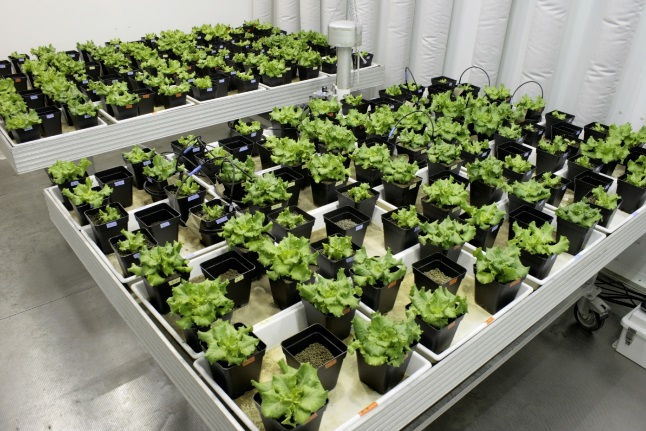Rhizomicrobiota assemblage in lettuce
Distinct rhizomicrobiota assemblages and plant performance in lettuce grown in soils with different agricultural management histories
Published in FEMS Microbiology Ecology
AuthorsBabin et al. (2021) FEMS Microbiology Ecology
Doreen Babin1*, Loreen Sommermann2*, Soumitra Paul Chowdhury3, Jan H. Behr4, Martin Sandmann4, Günter Neumann5, Joseph Nesme6, Søren J. Sørensen6, Ingo Schellenberg2, Michael Rothballer3, Joerg Geistlinger2, Kornelia Smalla1, Rita Grosch4
- Julius Kühn Institute (JKI) – Federal Research Centre for Cultivated Plants, Institute for Epidemiology and Pathogen Diagnostics, Braunschweig, Germany;
- Anhalt University of Applied Sciences, Department of Agriculture, Ecotrophology and Landscape Development, Bernburg, Institute of Bioanalytical Sciences (IBAS), Germany;
- Institute of Network Biology, Helmholtz Zentrum München, German Research Center for Environmental Health, Germany;
- Leibniz Institute of Vegetable and Ornamental Crops (IGZ), Plant-Microbe Systems, Großbeeren, Germany;
- University of Hohenheim, Institute of Crop Science (340h), Stuttgart, Germany;
- University of Copenhagen, Department of Biology, Section of Microbiology, Copenhagen, Denmark;
The rhizosphere is a hotspot of plant-microbial interactions and important for plant performance. In this study we analyzed which agricultural factors (tillage, fertilization intensity, last standing field crop) shape the rhizosphere microbiota. Therefore, we setup a growth chamber experiment under controlled conditions using lettuce (Lactuca sativa L., cv. Tizian) as model plant and soils from a long-term field trial in Bernburg (Germany). After a cultivation time of ten weeks, we sampled soils, roots, the associated microbial communities, and lettuce shoots.

Our main results were:
- Tillage, last standing field crop and fertilization intensity shaped the soil and rhizosphere microbiota of lettuce, however, to different extents among the microbial groups and microhabitats studied
- Pseudomonas was enriched in the rhizosphere of lettuce grown in soils under long-term cultivator tillage
- Olpidium was identified as indicator for lettuce grown in extensively fertilized soils
- Best lettuce growth was recorded for soils with extensive fertilization history
- Plants grown in soils with extensive fertilization history exhibited a higher expression of genes involved in plant stress responses which could indicate a higher tolerance or an induced physiological status when compared to intensive fertilization. This might be a reflection of root-microbial interactions
Our study suggests that changes in agricultural management will affect soil and rhizosphere microbiota assemblage resulting in differences in plant performance. Harnessing such soil-plant-microbe interactions in agroecosystems has the potential to increase sustainability in crop production.